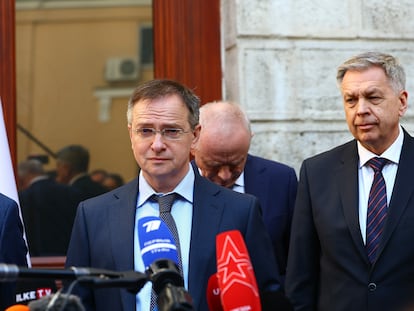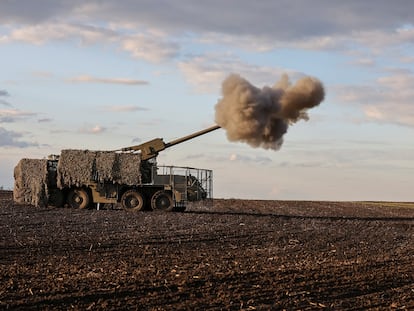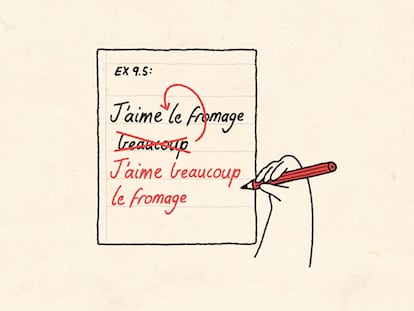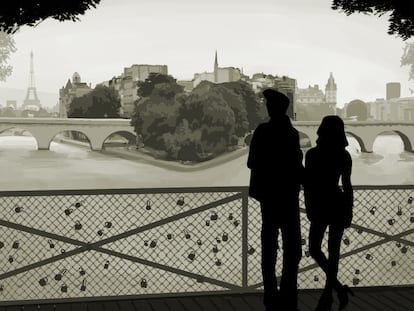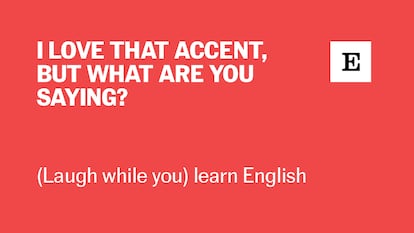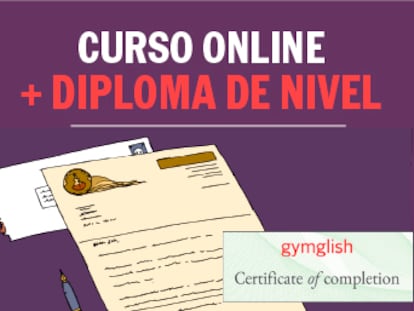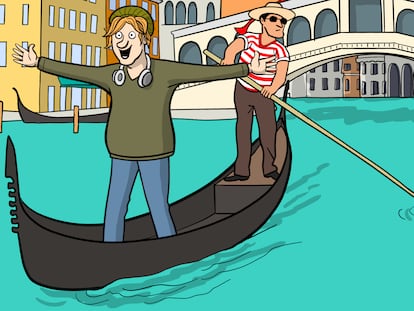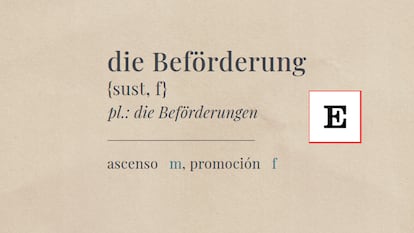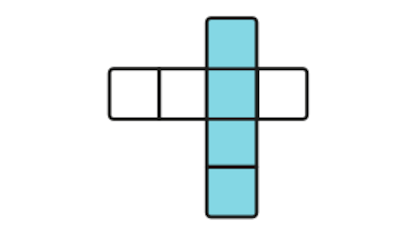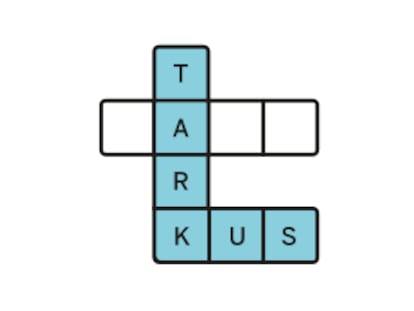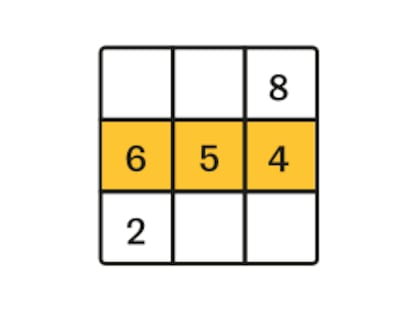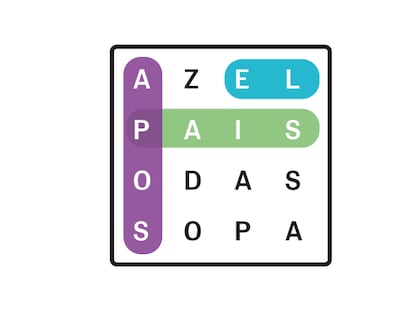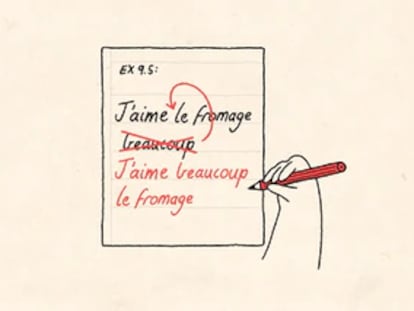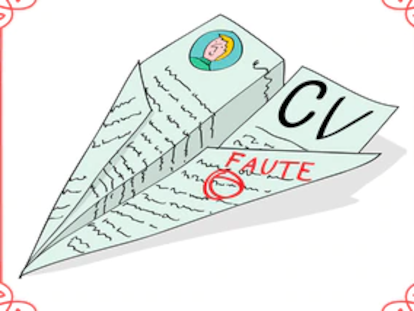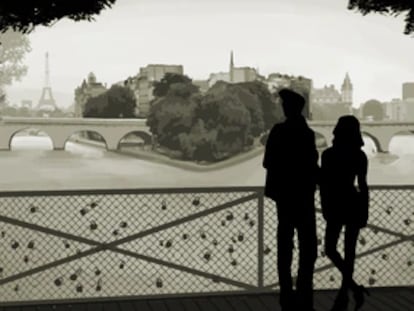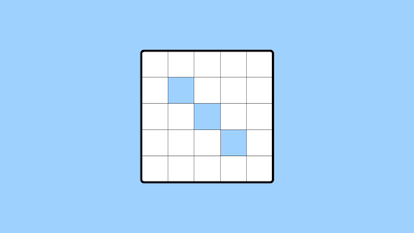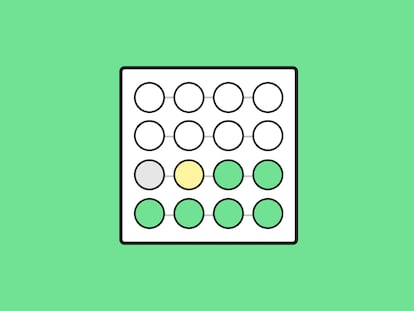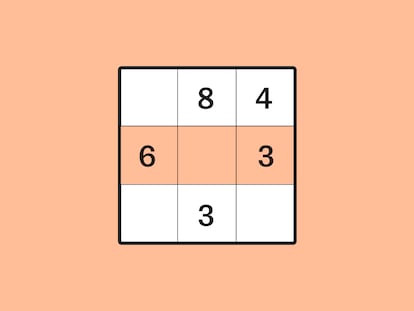Russia and Ukraine agree to prisoner swap and further truce talks
The first direct negotiation between the two countries in the last three years concludes with slight progress
Russia and Ukraine sat down to negotiate face-to-face for the first time in more than three years at a meeting that had focused the world’s attention on Istanbul, but which fell far short of the expectations it had raised. However, given the arguments over the format and composition of the delegations, the exchange of accusations and insults, and the acrimony between the parties that characterized Thursday’s session — during which the Russians and Ukrainians failed to even meet — the fact that they were able to reach some commitments Friday, albeit smaller than expected, represents a slight step forward.
The negotiating teams, mediated by Turkey and following a morning of multi-party talks also involving representatives from the United States, France, the United Kingdom, and Germany, agreed to an exchange of 2,000 prisoners of war — 1,000 for each side, the largest to date — and agreed to continue negotiating a ceasefire, Kyiv’s top priority at a time when Russian troops continue to advance.
“The purpose of our talks was to discuss a ceasefire, a prisoner exchange, and we are also potentially preparing a meeting at the level of the countries’ leaders,” said Ukrainian Defense Minister Rustem Umerov at the end of the talks. “We talked about a ‘1,000 for 1,000’ exchange and are also working on other modalities for this swap,” he explained, adding that a date has already been set for the exchange “in the near future,” but that this information will not be made public.
The exchange of prisoners and fallen combatants is one of the few relatively functioning points of contact between the two countries. A new exchange took place on Friday: the remains of 909 servicemen were returned to Ukraine, according to the Ukrainian headquarters for the coordination of prisoners of war, and Russia received the bodies of 34 combatants, according to the Russian State Duma committee on military affairs.
“Today was an important day for world peace,” said Turkish Foreign Minister Hakan Fidan, who hosted the talks and, like the Trump administration, is eager to score a diplomatic point by easing tensions between Moscow and Kyiv (Ankara maintains close political and commercial relations with both capitals). In addition to the prisoner exchange, Fidan explained that the parties have agreed to “share with the other side in writing the conditions that would make it possible to reach a ceasefire.”
Doubts remain about Russia’s sincerity and commitment to the negotiations. The meeting was convened by President Vladimir Putin, who, however, dispatched a delegation of second-tier negotiators to Istanbul, led by his advisor and former minister of culture, Vladimir Medinsky. This low level of negotiation unnerved the Ukrainians and their Western partners, as the delegation that departed from Kyiv was led by President Volodymyr Zelenskiy, his ministers of defense and foreign affairs, as well as senior officials of the Armed Forces of Ukraine and the heads of various intelligence services. Turkey and the United States were also represented at the ministerial level and by senior political and intelligence officials.
Buying time
At the conclusion of the Istanbul meeting, the head of the Russian delegation emphasized that his team were “satisfied with the result” of the negotiations. “We have agreed that each side will present its vision of a possible future ceasefire and write it down in detail,” Medinsky added in a brief statement. Just 24 hours earlier, Russian Foreign Minister Sergey Lavrov had reiterated that he is not contemplating a ceasefire because, according to Moscow, it would allow Ukraine to strengthen its position. This raises fears that Russia will follow the same script as other past negotiations, which achieved its goal: buying time through promises subsequently broken by its own forces.
The prospect of Putin agreeing to a truce is, to say the least, uncertain. The Russian leader believes he has time and the initiative on his side on the battlefield. According to a Ukrainian diplomatic source who spoke to Reuters, the Russian negotiating team once again pulled out one of its most pressing demands of the past year to consider a hypothetical truce: in exchange for a ceasefire, Ukraine would withdraw its troops from the territory it still controls in the four provinces Russia is trying to conquer (Donetsk, Luhansk, Kherson, and Zaporizhzhia).
The Russian side has insisted on using as the basis for these negotiations what was agreed in Istanbul in 2022, when Kyiv offered to withdraw from its bid for NATO membership in exchange for security guarantees while Moscow sought to completely disarm Ukraine, as well as sovereignty over the Crimean peninsula and the provinces of Donetsk and Luhansk (occupied by pro-Russian militias since 2014), to which it now intends to add two more where the Kremlin’s troops maintain control of approximately half the territory. However, Ukrainian envoys to Turkey have made it clear that circumstances have changed and that negotiations must take place on a new grounding.
Regarding Ukraine’s proposal for a bilateral meeting between their presidents to negotiate peace, Medinsky responded vaguely. “The Russian side takes note of this,” he said, referring to a meeting Putin is avoiding. For the Russian leader, it would represent a failure to negotiate face-to-face with a politician he considers a mere “actor,” and whom members of his government have called a “clown” and a “failure” in recent days. However, he has signaled that he would agree to a face-to-face meeting with his American counterpart, Donald Trump, although Kremlin spokesman Dmitry Peskov clarified that it will not happen soon: “A summit is always preceded by expert negotiations, consultations, and long and intensive preparation, especially if we are talking about a summit between the presidents of the Russian Federation and the United States of America.”
Sign up for our weekly newsletter to get more English-language news coverage from EL PAÍS USA Edition
Tu suscripción se está usando en otro dispositivo
¿Quieres añadir otro usuario a tu suscripción?
Si continúas leyendo en este dispositivo, no se podrá leer en el otro.
FlechaTu suscripción se está usando en otro dispositivo y solo puedes acceder a EL PAÍS desde un dispositivo a la vez.
Si quieres compartir tu cuenta, cambia tu suscripción a la modalidad Premium, así podrás añadir otro usuario. Cada uno accederá con su propia cuenta de email, lo que os permitirá personalizar vuestra experiencia en EL PAÍS.
¿Tienes una suscripción de empresa? Accede aquí para contratar más cuentas.
En el caso de no saber quién está usando tu cuenta, te recomendamos cambiar tu contraseña aquí.
Si decides continuar compartiendo tu cuenta, este mensaje se mostrará en tu dispositivo y en el de la otra persona que está usando tu cuenta de forma indefinida, afectando a tu experiencia de lectura. Puedes consultar aquí los términos y condiciones de la suscripción digital.
More information
Archived In
Últimas noticias
Most viewed
- Sinaloa Cartel war is taking its toll on Los Chapitos
- Oona Chaplin: ‘I told James Cameron that I was living in a treehouse and starting a permaculture project with a friend’
- Reinhard Genzel, Nobel laureate in physics: ‘One-minute videos will never give you the truth’
- Why the price of coffee has skyrocketed: from Brazilian plantations to specialty coffee houses
- Silver prices are going crazy: This is what’s fueling the rally
